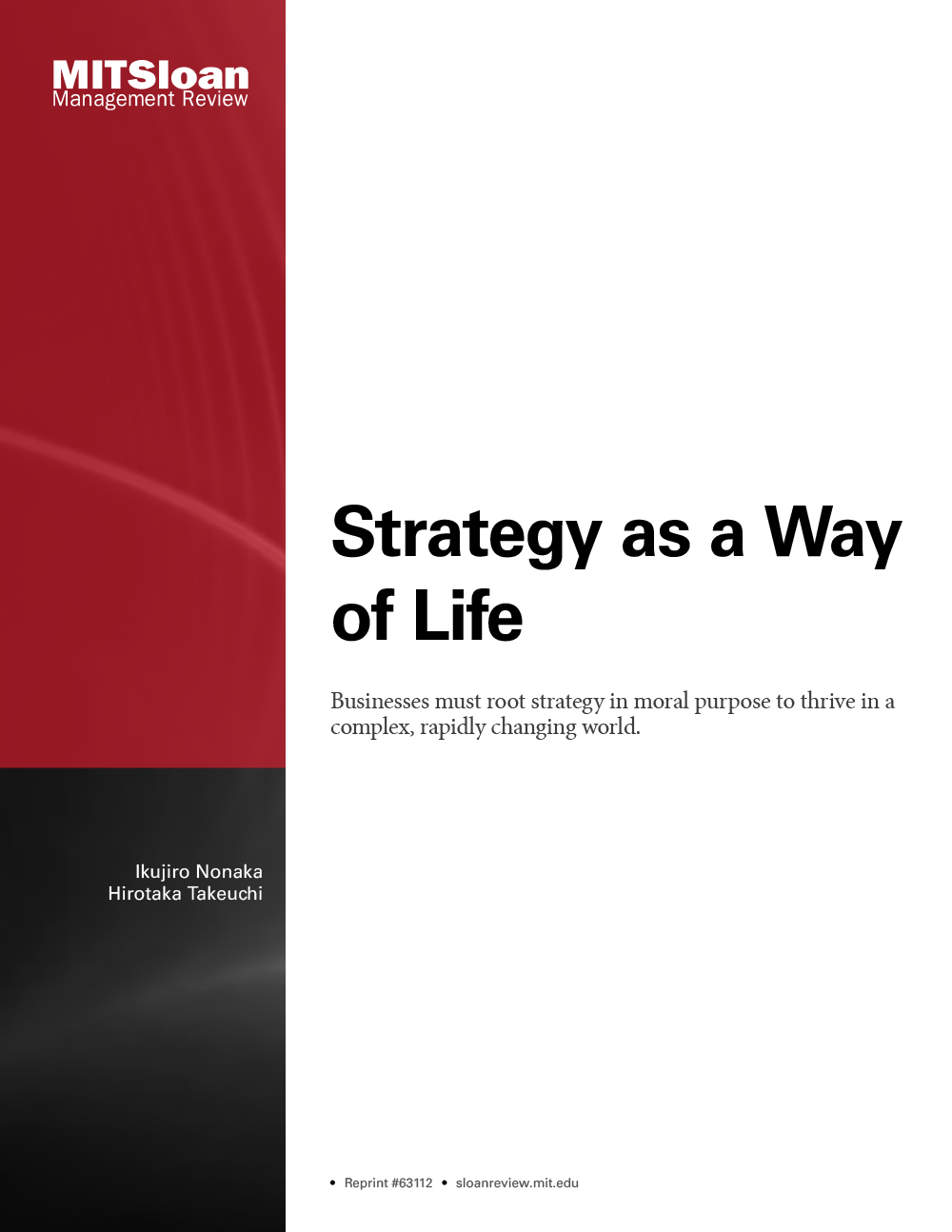
Global Sustainability and the Creative Destruction of Industries
Most large corporations developed in an era of abundant raw materials, cheap energy, and limitless sinks for waste disposal. It has become increasingly clear that many technologies developed during this earlier period contribute to the destruction of the ecological systems on which the global economy depends. In the absence of dramatic change, few would dispute that the world is destined to devolve toward environmental degradation, social upheaval, and mass migration.
Hart and Milstein argue that the emerging challenge of global sustainability will catalyze a new round of "creative destruction" that innovators and entrepreneurs will view as one of the biggest business opportunities in the history of commerce. In this article, the authors propose a framework to help managers look beyond continuous, incremental improvement of existing products and processes to see the business world differently and make sustainable opportunities more apparent.
To better understand sustainability-driven creative destruction, managers must evaluate business opportunities on the basis of three types of markets or economies that exist in all countries or geographical regions: developed (nearly 1 billion global customers), emerging (estimated at roughly 2 billion people), and surviving (roughly half of humanity or 3 billion customers). The authors discuss the different strategies required to achieve sustainable development in each economy.
To compete in the consumer economy, managers must focus on reducing the life-cycle ("cradle to grave") impacts -- that is, the "ecological footprint" of their firms' activities -- by reinventing their products and processes. The combination of large footprint and technological maturity widens the gap between price and life-cycle cost, producing the technological and environmental forces that drive creative destruction.
Because it is unlikely that senior managers will commit resources without a clear understanding of how sustainability-driven creative destruction can improve a firm's economic payoff, the authors offer ideas for sustainability metrics tied to the three economies discussed and show how they relate to key business and financial payoffs.
Managers who treat sustainable development as an opportunity will drive the creative destruction process and build the foundation to compete in the twenty-first century.




